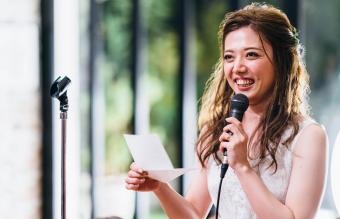
As an individual from a non Indo-Pak background marrying into an Indian family, I had the very interesting experience of having a completely Indian wedding. Having experienced Indo-Pak wedding ceremonies both as a spectator and a participant, I had the opportunity to create some very unique memories.
What to Expect at an Indian Wedding
There is so much religious, cultural and linguistic variety in the Indo-Pak region that it is impossible to catalog the specifics of each and every Indian ceremony. However, there are certain basic characteristics that are common to most, if not all, Indian weddings.
First of all, Indian ceremonies tend to be very colorful. There is a particular color associated with each portion of the ceremony. For example, during the mehendi, where the bride's hands are decorated with hennah designs, she is required to wear a yellow or orange outfit. These two colors are meant to represent the color of the hennah itself. On the day of the marriage, the bride is expected to wear red, in addition to an assortment of jewelry and other accessories. The guests are similarly turned out in equally bright colors.
Indian cermonies are also characterized by traditional wedding songs, often meant to poke good-natured fun at the in-law's family. Using sweetmeats as a metaphor for the sweetness of married life is another common feature of Indian weddings. Often, the bride and groom will feed each other sweets in hopes of a long and happy marriage.
Bridal Preparations
The concept of "sola singhar" is very central to this occasion. The literal term may vary from region to region, but the basic premise is the same. The best English translation is "decked out" or "to the nines." An Indian bride is expected to look her absolute best on her wedding day.
I personally experienced these ministrations for my own wedding ceremony. For an individual who prefers jeans and a T-shirt to anything else, transforming me into an Indian bride was not an easy task for my in-laws. Typically, the bride is expected to wear a heavy brocaded sari, gold rings, necklaces, hair ornaments, matching gold shoes and purse and an equally heavy amount of make-up.
Becoming sola singhar is serious business!
Indian vs. Western Weddings
One of the main differences between Indian and Western weddings is in the length of the preceding events. Normally, the celebration lasts at least three days (and as much as three weeks or more in certain regions), with various ceremonies and rituals to mark the passing of each stage. In addition, as a whole, Indian weddings are much more colorful and filled with pageantry than Western weddings.
However, the basic premise is the same-the celebration of life, love and commitment.







